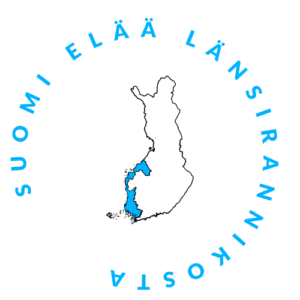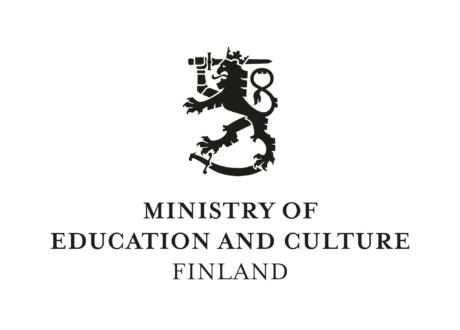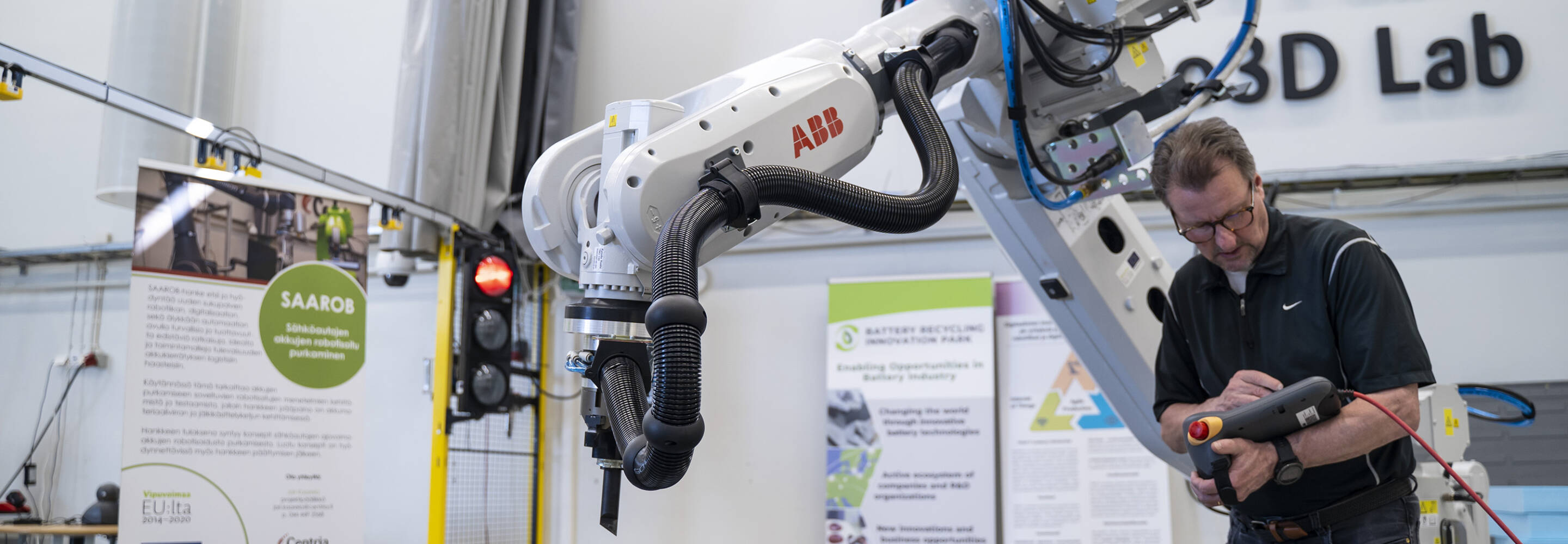


Finland thrives from the West Coast
The joint goal of Turku University of Applied Sciences (TuAMK), Vaasa University of Applied Sciences (VAMK), Satakunta University of Applied Sciences (SAMK), and Centria University of Applied Sciences, known as the Western Coast Universities of Applied Sciences, is to deepen cooperation revolving around digital manufacturing technology and robotics, as well as solutions for clean energy. Since the beginning of 2023, the universities have been committed to a close Western Coast Program, enabled and supported by the Ministry of Education and Culture.
Duration: 2023-2025
Financed by: Opetus- ja kulttuuriministeriö
Project Manager: Mikko Himanka
The industrial and labor needs in the Western Coast region are strategically shared, and cooperation has been natural for a long time. In addition to current themes, cooperation is reinforced in well-being, security of supply, and logistics. New business models are naturally linked to the whole. Moreover, the Western Coast is united by longstanding and close cooperation with Sweden and Norway. The green transition, skills shortage, and changes in the security environment with energy crisis effects further emphasize the importance of active cooperation between Finland, Sweden, and Norway; the Western Coast Program aims for closer cooperation with Swedish and Norwegian partners as well.
The Growing Significance of the Western Coast
The significance of the Western Coast for Finland’s competitiveness, vitality, and well-being is vital. For instance, every fourth industrial site with over 10 employees is located on the Western Coast. Additionally, the region accounts for one-fifth of the country’s GDP. The Western Coast’s share of Finland’s goods exports is over a third, and the region is at the forefront in high value-added products. The significant number of high-technology export companies in the Western Coast makes the region important for national security of supply and provides a fertile ground for new innovations and production technologies. The region has clear attractiveness: over 70% of graduates from the Western Coast universities of applied sciences stay in the region for employment. The share of RDI expenditure is currently a quarter of the country’s total RDI expenditure. Moreover, the challenges in the region are shared concerning an aging population, labor shortage, and long distances.
Skilled Workforce and Diverse Support for Business RDI Activities
The universities of applied sciences on the Western Coast play a central role in producing skilled workforce. The universities of applied sciences participating in the Western Coast Program aim to ensure together that the companies and working life in the regions continue to find skilled workforce for their needs and thus invest in increasing international competitiveness. This requires increasingly tailored training programs, more courageous openings in RDI activities, and open co-development.
Deepening research and education cooperation increases the attractiveness of the entire region and facilitates attracting international talents to the area. Additionally, universities of applied sciences play a key role in seeking the best ways to develop the current workforce’s skills, improve work well-being, and increase employees’ innovation capabilities. Universities of applied sciences can also act as partners for companies in RDI projects, experiments, and innovations, as well as offer validation for future investments.
Deepening Collaboration Means More Impactful RDI Activities
Southwest Finland, Ostrobothnia, Satakunta, and Central Ostrobothnia have significant nationally recognized expertise in digital manufacturing technology, automation, and robotics in the metal industry, construction industry, process industry, as well as bio- and pharmaceutical industry. Deepening collaboration enables, in the long run, sharing research infrastructure and educational content, joint teaching, and more impactful RDI projects. Closer collaboration, for example, regarding remote access to research infrastructure, also promotes the green transition and sustainable development.
The Western Coast Program will create conditions for well-being throughout Finland through increasing RDI funding, the development of new innovations, and the development of expertise. The future is built on cooperation – Go West-Coast.
In Collaboration
